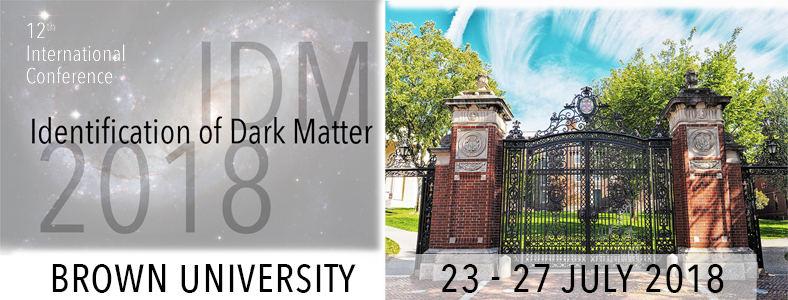Conveners
1.1 Plenary Session
- Richard Gaitskell (Brown University)
I will describe the status of phenomenological studies of dark matter, and how they enable searches for it using various methods.
Non-gravitational interactions between dark and visible matter could transform the early history of our universe, heating or cooling the gas and contributing additional ionization and photons. I will describe the potential effects of energy injection from dark matter annihilation on the early universe, and the imprints it would leave in the cosmic microwave background and other observables. I...
In this talk, I will use the velocity distribution of accreted stars in SDSS-Gaia DR2 to demonstrate that the local dark matter halo may not be in equilibrium and that a non-trivial fraction is in substructure. Using a mixture likelihood analysis, we identify a young anisotropic population of stars that can be explained as the tidal debris of a disrupted massive satellite on a highly radial...
There is a 10-sigma discrepancy between the observed and expected abundances of primordial 7Li, which is naturally explained by a DM-nucleon interaction that is comfortably allowed by laboratory and other constraints. I first review the literature on BBN observations and the standard CDM calculation, and then report on a calculation of the modification to standard BBN when DM interactions can...
Paleodetectors provide an alternative approach to the detection of Dark Matter–nucleon interactions. One can search for the persistent traces left by Dark Matter scattering in ancient minerals obtained from much deeper than current underground laboratories. The sensitivity of paleo-detectors extends down to the neutrino floor for a wide range of Dark Matter masses. With readily available...
